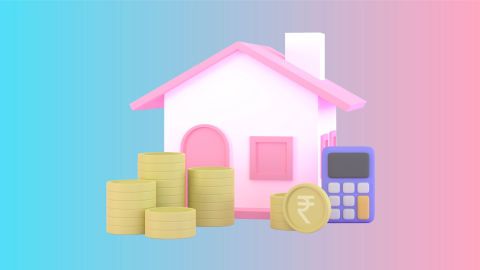The Securitisation and Reconstruction of Financial Assets and Enforcement of Security Interest (SARFAESI) Act, enacted in 2002, is pivotal in India's financial landscape for empowering lenders to recover dues efficiently. Section 14 of the SARFAESI Act plays a crucial role in providing mechanisms for the enforcement of security interests by secured creditors, further solidifying the Act's impact on the banking sector.
Overview of SARFAESI Act
The SARFAESI Act was introduced to address the increasing issue of non-performing assets (NPAs) plaguing financial institutions. Its primary objectives include:
- Facilitating the quick recovery of loans by banks and financial institutions.
- Empowering lenders to enforce security interests without court intervention.
- Strengthening financial stability by reducing NPAs and managing liquidity mismatches.
- Providing a legal framework for the reconstruction and management of distressed assets.
Key provisions
Key provisions of the SARFAESI Act include:
- Empowerment of banks to issue notices to defaulting borrowers.
- Authority to take possession of secured assets under specified conditions.
- Establishment of asset reconstruction companies (ARCs) to manage and recover bad debts.
When you understand your rights and obligations under financial regulations, making informed decisions about home financing becomes easier. Whether you're planning to purchase your first home or considering refinancing options, check your eligibility for a home loan from Bajaj Finserv today. You may already be eligible, find out by entering your mobile number and OTP.
Understanding Section 14 of SARFAESI Act
Section 14 of the SARFAESI Act pertains to the consequences that arise after the issuance of a notice under Section 13(2) and the borrower's failure to comply within the stipulated 60-day period. This section delineates the powers vested in the secured creditor to take further actions to recover the outstanding loan amount and manage the secured assets.






